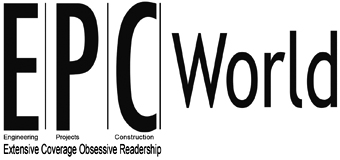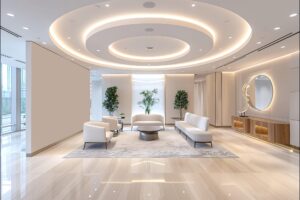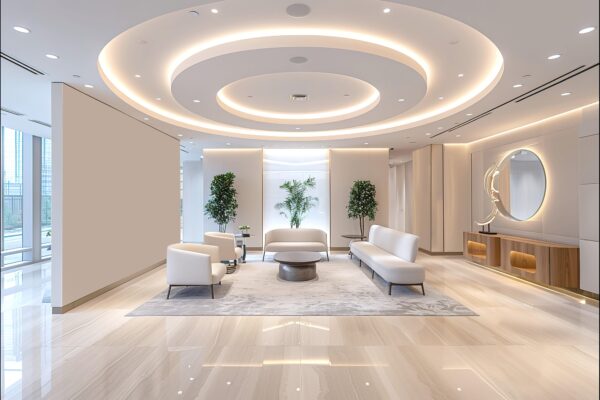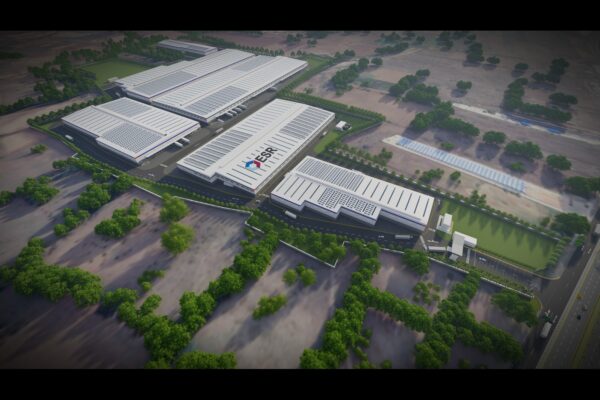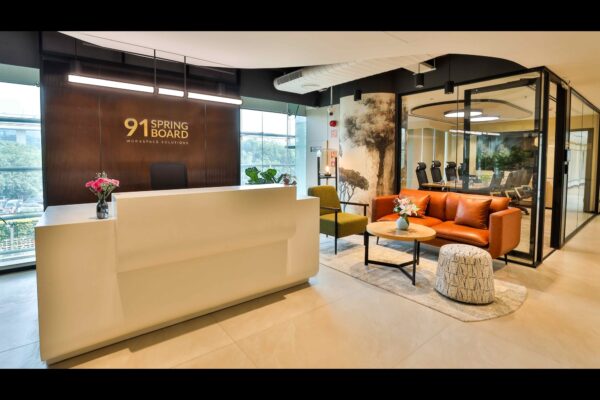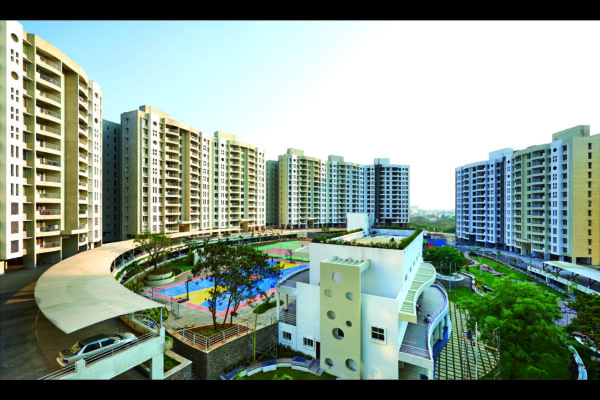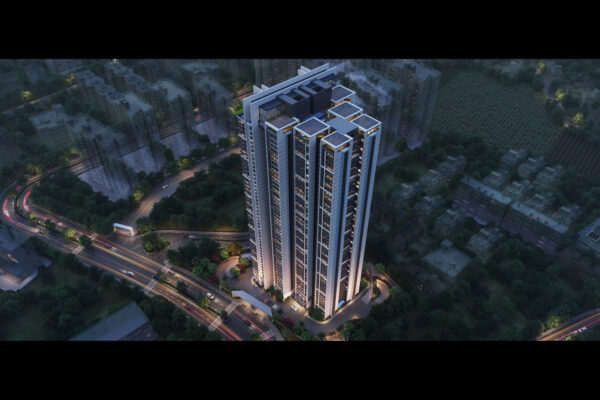From lease hassles to plug-and-play: The rise of ready-to-use and built-to-suite offices
by Sameer Singh, COO, 91Springboard
India’s growth narrative is no longer about startups emerging out of garages or coffee shops. Over recent years, Indian firms from late-stage start‑ups to SME to large enterprise and Global Capability Centres (GCCs) have increasingly moved away from traditional, long-term leases and bespoke fit‑outs, inclining towards ready‑to‑use and built‑to‑suite office models as they need to scale from 50 seats to 5,000 within months, not years. These enterprise-grade businesses are turning into India’s new business face, and they are redefining the landscape of workplace infrastructure. For these companies in this generation, the question is not if they can create world-class products. The question is if their workplace can match their ambition. Old-fashioned office leasing, with six-to-nine-month setup cycles, rigid terms, and huge capital outlays, is becoming a growth obstacle. Customised ready-to-use and built-to-suit offices, on the other hand, are becoming the engine that drives speed, agility, and scale. The trend is appearing across geographies, with companies in metros and emerging cities both rethinking what kind of workspace best supports hybrid work, talent attraction, and productivity.
The trend is even stronger in India: the flexible workspace sector is poised to hit around $9 billion by 2028. According to JLL, flex space leasing reached 15.3 million sq ft in 2024. They also estimate that by 2026, the operating footprint of flex space in India’s top seven cities will exceed 100 million sq ft.
The end of the traditional lease era
Infinite site tours, legal vetting that takes months, capital-expenditure-intensive fit-outs and IT implementations before an employee can step through the door. The process ties up management bandwidth, blocks capex, and postpones market entry. For a business pursuing a new opportunity, lost months translate to lost edge. That is why businesses from right from enterprise-scale startups are scaling fast to GCCs moving toward flexible workspace models. They can move in quickly without any delays, or distractions, just a work environment as nimble as their growth path.
Built around business DNA
The next-generation of ready-to-move-in and built-to-suit offices are no longer generic real estate. They are created around the DNA of individual businesses. A fintech company could need to have secure areas and compliance with regulations. A tech unicorn could need open, collaborative office spaces and project rooms. A GCC could require ergonomic, wellness-oriented environments that lure talent across the globe.
Workspaces providers use design thinking and ergonomics to make every square foot count. From modular designs that eliminate wasted space, to biophilic design that enhances wellbeing, to data-driven utilisation models that drive productivity, our process ensures workplaces play an active role in driving business performance.
Agility at enterprise scale
The biggest individual force behind this change is agility. Expansion is never linear, a unicorn might add 1,000 seats in a new market overnight, or a multinational might have to shut down a project just as quickly. Traditional leases, with their lengthy lock-ins and steep penalties, simply aren’t equipped to handle this sort of volatility.
Ready-to-use and built-to-suit models, on the other hand, provide:
- Smooth move-in in days or weeks, not months.
- Expandable seating and modular floor designs that scale with headcount.
- Exit flexibility, enabling companies to contract without daunting costs.
It is not a “nice-to-have” flexibility; it is a competitive imperative in today’s turbulent markets.
Enterprise – grade infrastructure without ownership hassles
Traditionally, ownership alone provided access to premium infrastructure: high-speed connection, ergonomic furniture, IoT-enabled climate control, and employee-focused amenities. Now, enterprise-ready flexible space delivers it all and more, minus the hassle of having to manage it.
Workspaces are incorporating technology, compliance, and facility management into every hub. Smart meeting room scheduling through apps, IoT-based energy efficiency, and wellness spaces are standard. The outcome is an owned-feeling workplace without ownership costs, capex, or distractions.
Fixed cost and prudent growth
This cost prudence does not come at the expense of quality. On the contrary, it allows businesses to redirect capital from real estate into innovation, expansion, and talent.
For founders and CFOs alike, predictability is worth its weight in gold. Conventional leases are filled with costly surprises: fit-outs, maintenance, utilities, and upgrades. Built-to-suit models sidestep this uncertainty by bundling expenses into transparent, upfront rents. Firms save a lot of money on capital expenditure while enjoying visibility into operating expenditures.
Conclusion
What sets flexible workspaces apart is not merely that they offer ready-to-use or built-to-suit offices. It is that they design them to drive enterprise-class growth. By infusing design thinking, ergonomics, operational excellence, and community into spaces, they make sure that companies don’t merely lease offices, they thrive in them.
A workplace should never hold a company back, it should propel its aspirations and as India solidifies itself as the talent and innovation destination of the world, workspace providers aim to be the partner that equips businesses ranging from late-stage startups to Fortune 500 GCCs to grow with speed, prudence, and purpose.
Tags
